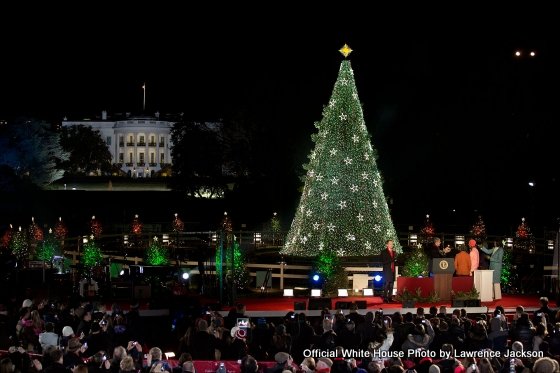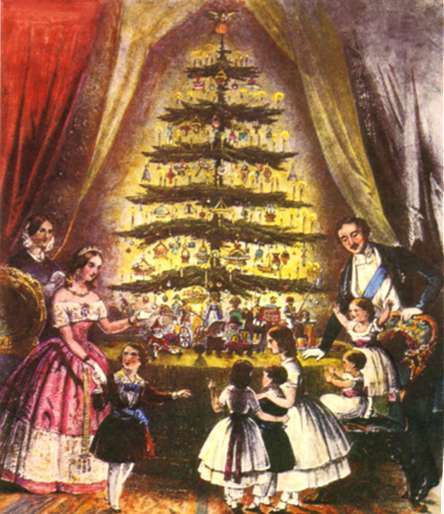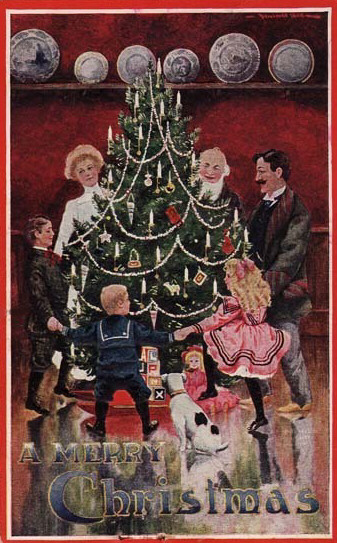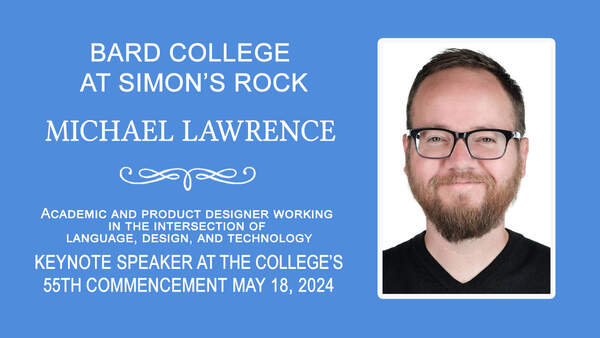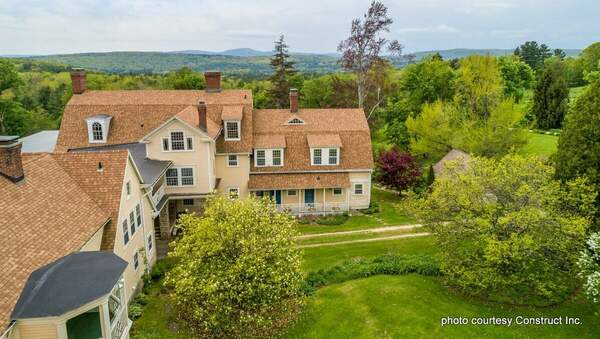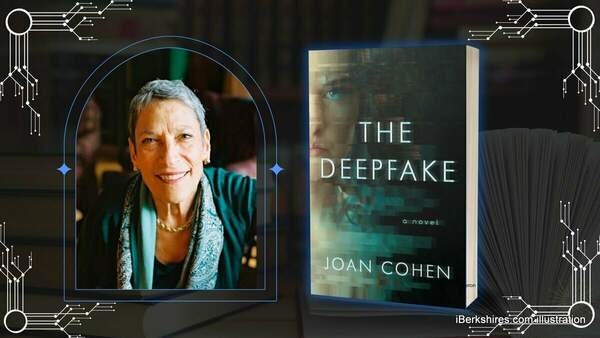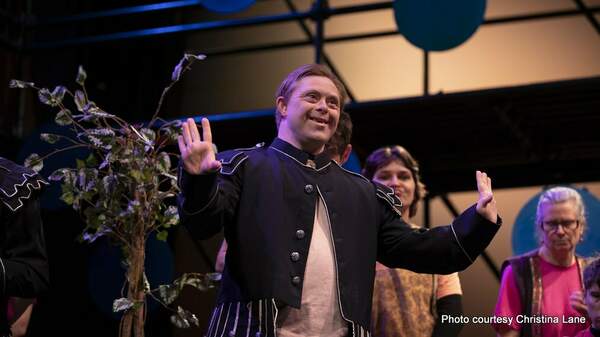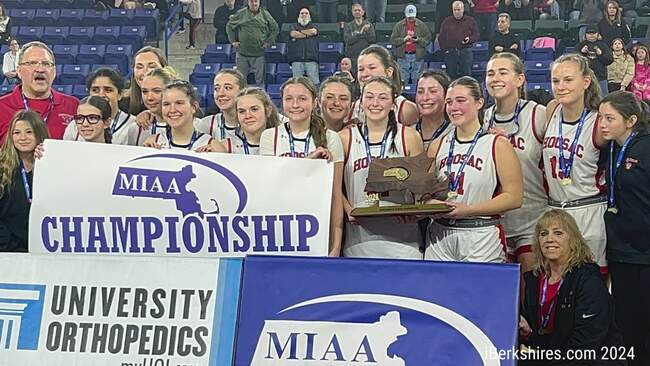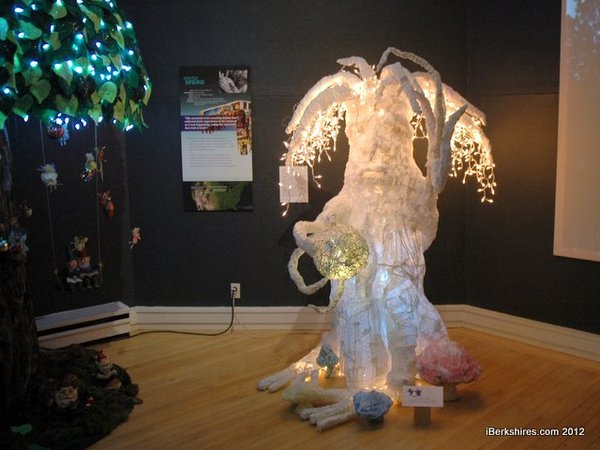
Christmas Trees A Holiday Tradition
|
The National Christmas Tree has been a tradition in Washington for 90 years. |
![]() n homes all over the United States, Christmas trees are being set up and decorated. And children are hoping that on Christmas morning they will discover beneath the tree the ice skates, the American Girl Doll, the Lego Family, they asked Santa Claus to bring.
n homes all over the United States, Christmas trees are being set up and decorated. And children are hoping that on Christmas morning they will discover beneath the tree the ice skates, the American Girl Doll, the Lego Family, they asked Santa Claus to bring.
Of the approximately 35 million to 50 million evergreen trees sold each year, the most popular species are Scotch pine, double fir, white pine, balsam fir, white spruce and sable fir. In ancient times, the evergreen was thought to be magical because it stayed green and healthy while other trees and bushes became brown and bare
There are many legends regarding the Christmas tree tradition and the use of evergreens for rituals in pre-Christian Europe and ancient societies.
One story goes back to the night the baby that Christians call their Savior was born. All the flora and animals brought presents to the baby. Trees put their fruit at his feet, but a little fir tree had nothing to give. Ashamed, it did not approach the baby. An angel felt sorry for the little fir tree and sent a cluster of stars to rests on its branches. When the baby saw the fir tree, he smiled and commanded that fir trees be illuminated to please all children.
Another story handed down from generation to generation credits Martin Luther, a German priest and philosopher, with being the first to illuminate a Christmas tree in the year 1500.
|
Queen Victoria and Prince Albert popularized the custom of Christmas trees. |
In a journal entry dated 1605, a resident of Strasbourg, Germany, noted that evergreen trees were brought into homes and decorated with paper roses, apples, wafers and gold foil. The tradition spread to other European nations, particularly among the nobility. When Queen Victoria, who ascended to the British throne in 1837, wed Prince Albert of Germany, she kept the practice of having a Christmas tree. The Queen and Prince Consort were pictured standing with their children beside a Christmas tree in Windsor Castle in 1846, popularizing the custom among her subjects.
 eginning in the late 18th century, candles were used to light the trees, and young ladies made decorations, handcrafting snowflakes and angels. They also sewed tiny pouches for holding gifts and placed candies, cookies, fruit and nuts on the tree.
eginning in the late 18th century, candles were used to light the trees, and young ladies made decorations, handcrafting snowflakes and angels. They also sewed tiny pouches for holding gifts and placed candies, cookies, fruit and nuts on the tree.
Carols reflecting the holiness of the season were composed during that period, and some of the most famous are still sung by church choirs: "Silent night, Holy Night" and "Hark! The Herald Angels Sing."
It is believed that the Christmas tree tradition was brought to the United States by Hessian soldiers during the American Revolution. Contemporaries commented on a Harvard professor, also a German exile, who set up a tree in home in the 1830s. In time, as the public embraced the tradition, Christmas trees were hauled to cities and sold commercially. The first Christmas tree lot was in New York City.
By the beginning of the 20th century, Christmas trees were displayed in 80 percent of American homes, and manufacturing ornaments and other Christmas decorations became a profitable business.
In 1856, Franklin Pierce was the first president to have a Christmas tree set up in the White House. It would be approximately 70 years later that a National Christmas tree was erected on the White House lawn (Ellipse) for the first time during President Calvin Coolidge's term in office. A gift from the president's home state of Vermont, the tree stood 48 feet tall and was illuminated by 2,300 electric bulbs in red, white and green.
|
A vintage card features an American family around the tree. |
The Christmas Eve lighting ceremony gave way to a lengthier celebration and earlier December lighting. That's been the tradition with the exception of 1963, when the tree not lit until after the 30-day mourning period following the assassination of President John F. Kennedy Jr. That would also be the first year General Electric would provide the lighting, which was updated to the use of LED lights in 2007.
 ome people prefer artificial trees to real trees as they do not shed needles and can be stored from year to year. The first artificial trees, made of feathers, were introduced in Germany in 1850. After World War I, Germany produced artificial trees that more closely resembled a live evergreen tree. Some were as tall as 8 feet and sold for $9. In the 1960s aluminum trees became briefly fashionable.
ome people prefer artificial trees to real trees as they do not shed needles and can be stored from year to year. The first artificial trees, made of feathers, were introduced in Germany in 1850. After World War I, Germany produced artificial trees that more closely resembled a live evergreen tree. Some were as tall as 8 feet and sold for $9. In the 1960s aluminum trees became briefly fashionable.
Some 80 percent of Americans — Christian or otherwise — will decorate a tree this year. A recent study found that more than half of those with no Christian identity will put up a tree and nearly 75 percent will buy gifts.
For most people, Christmas trees hold two-fold pleasure. Not only are they beautiful to behold, but they transport us back to Christmases past. And once more we are little children being hoisted up by our Dad so we can set a star upon the top of the tree. Or perhaps in our mind's eye, we see our own adult children, as tots dashing down the stairs on Christmas morning, ponytail bobbing and eyes wide with excitement.
Source material and more information: Christmas Trees Became a Tradition in the 19th Century; 2012 Lighting of the National Christmas Tree [White House blog]; National Christmas Tree Lighting; National Christmas Tree Association; Queen Victoria Popularised Our Christmas Traditions [BBC]; Party on! Non-Christians don't Scrooge on Christmas fun [USA Today].
Tags: Christmas story, Christmas tree,

